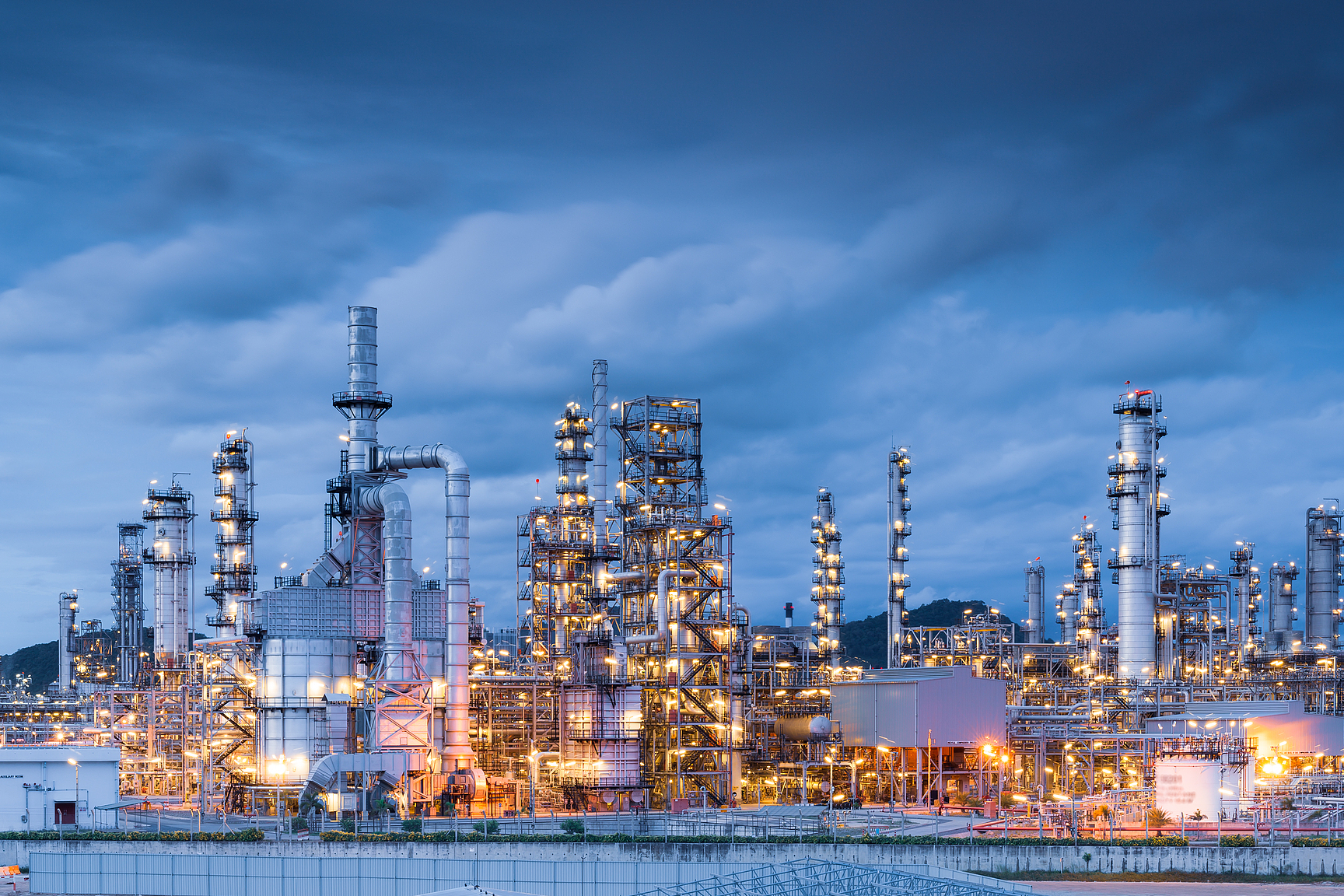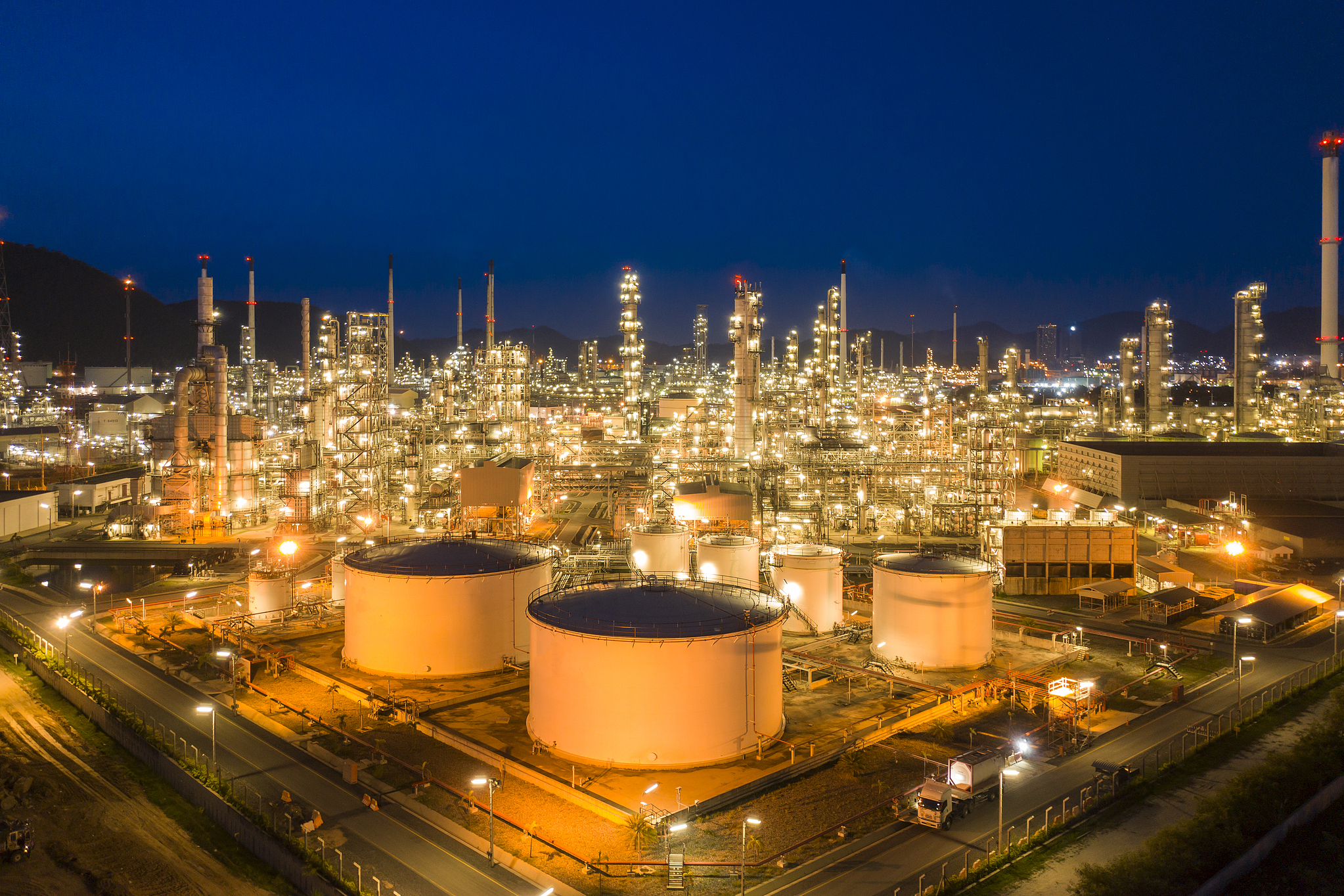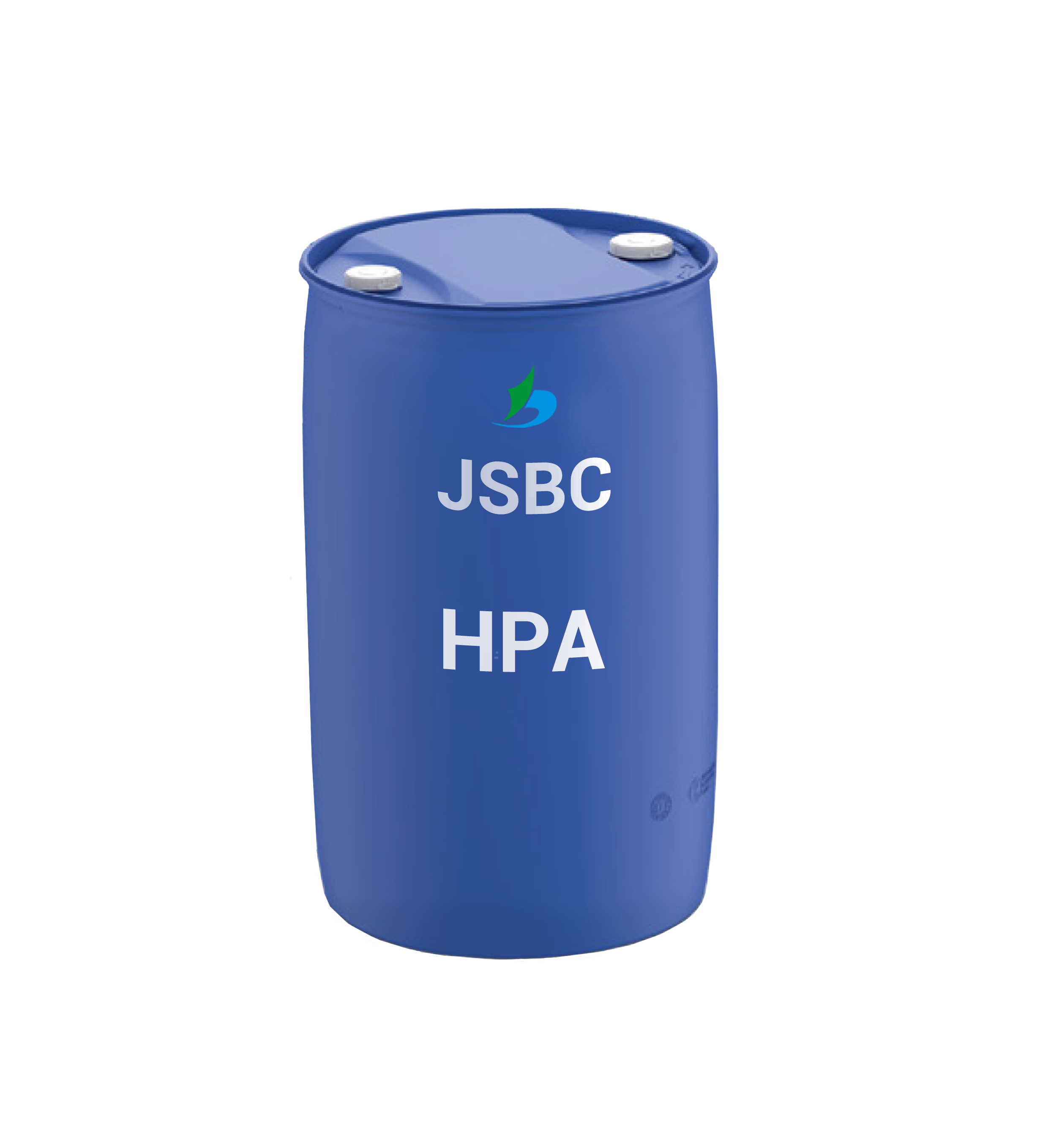











Methacrylic acid stands as a cornerstone in contemporary polymer production, revolutionizing the way manufacturers develop high-performance materials. This versatile compound, characterized by its unique molecular structure and reactive properties, has become indispensable in creating polymers that meet today's demanding industrial requirements. Its significance extends far beyond basic polymer synthesis, influencing everything from optical devices to construction materials.
In the evolving landscape of polymer chemistry, methacrylic acid has emerged as a crucial component that enables manufacturers to achieve specific material properties that were previously unattainable. Its ability to form both homopolymers and copolymers with exceptional characteristics has made it a preferred choice among polymer scientists and industrial manufacturers alike.
When incorporated into polymer formulations, methacrylic acid contributes significantly to the optical clarity and transparency of the final product. This property is particularly valuable in the production of optical lenses, displays, and protective coatings. The resulting polymers exhibit superior light transmission characteristics while maintaining excellent durability and resistance to environmental factors.
The presence of methacrylic acid in polymer matrices allows for precise control over the refractive index, making it possible to create optical components with exceptional performance characteristics. This level of control is essential in applications ranging from smartphone screens to advanced medical imaging devices.
One of the most significant advantages of using methacrylic acid in polymer production is its ability to enhance adhesion properties. The carboxylic acid groups present in methacrylic acid create strong intermolecular bonds, resulting in improved adhesion to various substrates. This characteristic is particularly valuable in coating applications and adhesive formulations.
The enhanced adhesion properties translate into better durability and longer-lasting products, reducing maintenance requirements and extending the service life of polymer-based materials. Industries ranging from automotive to construction benefit from these improved bonding capabilities.
Methacrylic acid offers remarkable flexibility in polymer processing methods. Its compatibility with various polymerization techniques, including solution, emulsion, and bulk polymerization, provides manufacturers with multiple options to optimize their production processes. This versatility allows for the development of customized polymers tailored to specific application requirements.
The compound's stability during processing and its predictable behavior under different conditions make it an ideal choice for both batch and continuous production methods. This reliability translates into more efficient manufacturing operations and consistent product quality.
The economic benefits of incorporating methacrylic acid into polymer production cannot be understated. Its efficient polymerization characteristics and high conversion rates result in reduced waste and improved yield. Additionally, the ability to achieve desired properties with lower material inputs makes it a cost-effective choice for manufacturers.
The long-term cost advantages extend beyond initial production, as polymers containing methacrylic acid often require less maintenance and have longer service lives, reducing the total cost of ownership for end users.
Modern polymer production increasingly focuses on environmental sustainability, and methacrylic acid plays a crucial role in this aspect. Its efficient polymerization processes result in minimal waste generation and reduced energy consumption compared to alternative materials. Furthermore, polymers containing methacrylic acid often exhibit improved durability, reducing the need for frequent replacement and thereby minimizing environmental impact.
The compound's ability to form water-based systems also contributes to reduced VOC emissions, aligning with increasingly stringent environmental regulations and sustainability goals.

Research continues to advance in developing recyclable polymer systems incorporating methacrylic acid. These developments focus on creating materials that maintain their performance properties through multiple recycling cycles while minimizing environmental impact. The future of polymer production with methacrylic acid looks promising, with ongoing innovations in sustainable manufacturing practices and circular economy initiatives.
Scientists and manufacturers are actively exploring new applications and processing methods that will further enhance the sustainability profile of methacrylic acid-based polymers.
Methacrylic acid enhances polymer durability through its unique molecular structure and strong intermolecular bonding capabilities. It creates cross-linking within the polymer matrix, resulting in improved mechanical strength, chemical resistance, and weather resistance. These properties contribute to longer-lasting products and reduced maintenance requirements.
Working with methacrylic acid requires proper safety protocols, including adequate ventilation, appropriate personal protective equipment, and careful handling procedures. Manufacturers must maintain specific storage conditions and implement proper training programs for personnel involved in the production process.
Methacrylic acid can be used in certain food-contact applications when properly polymerized and meeting specific regulatory requirements. The resulting polymers must comply with FDA and other relevant food safety regulations. It's essential to verify compliance with local regulations and obtain necessary certifications for specific applications.
 Hot News
Hot News2025-07-25
2025-06-16
2025-04-07
2025-04-07
2025-04-07
2025-12-03

